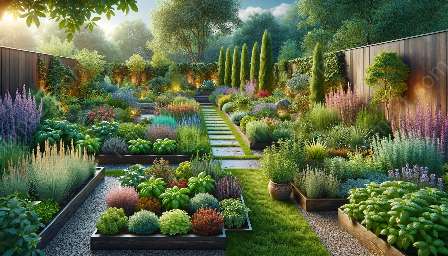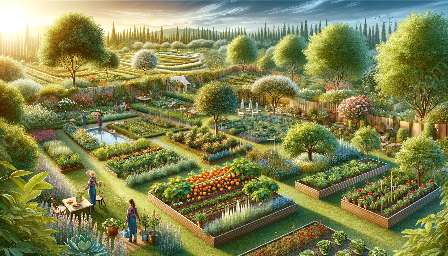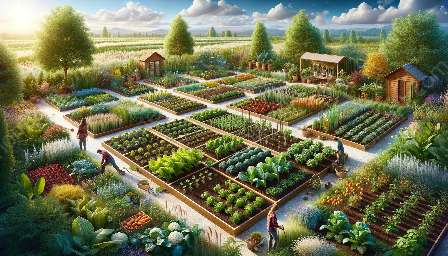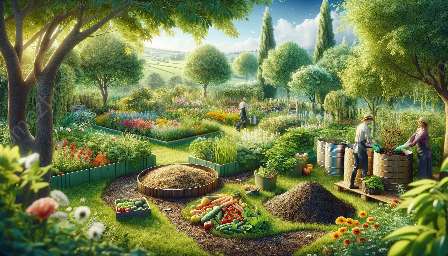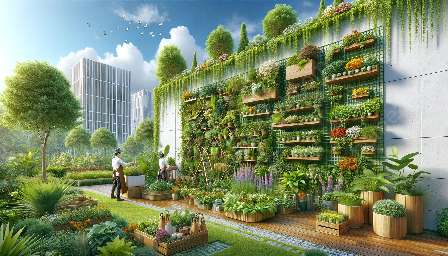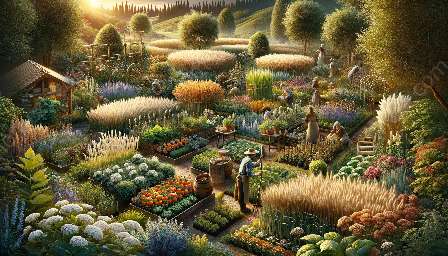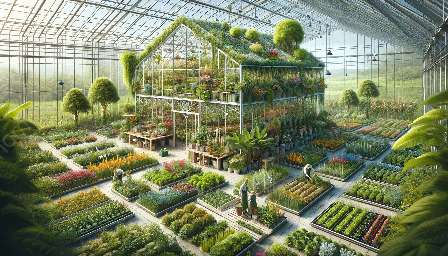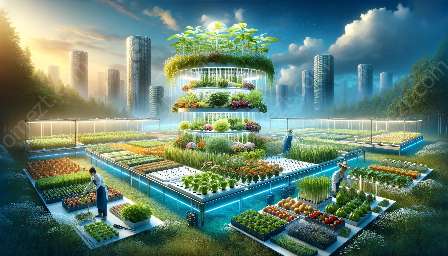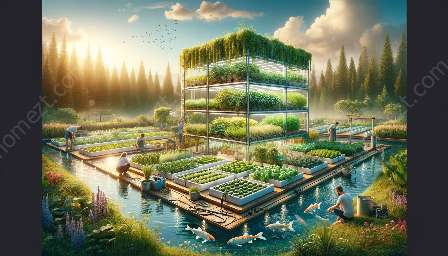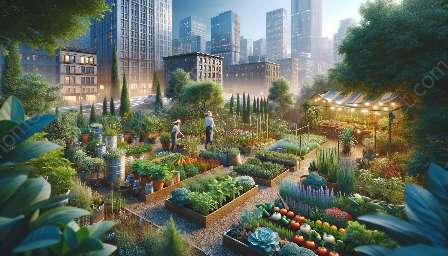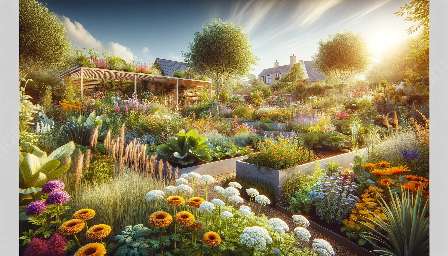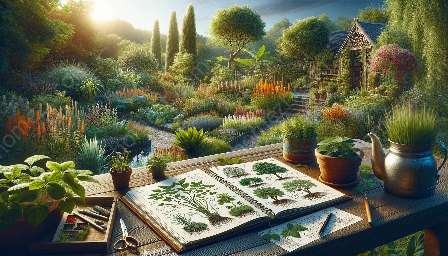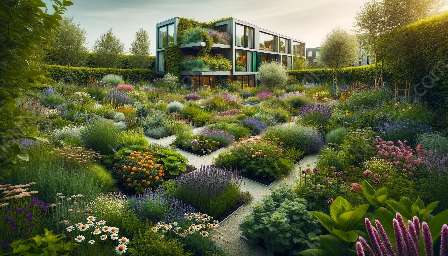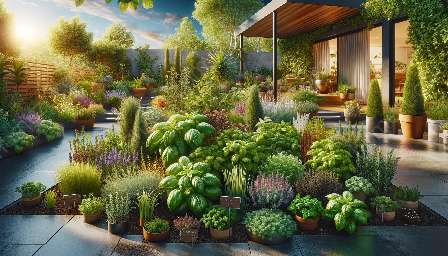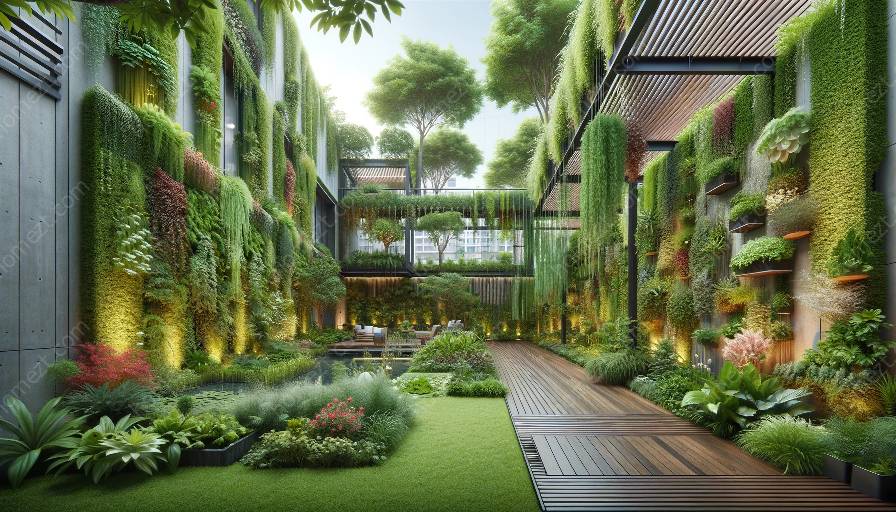Welcome to the wonderful world of vegetable gardening and companion planting! In this comprehensive guide, we will explore how to create a vibrant and bountiful vegetable garden that complements the principles of companion planting with the aesthetics of gardening and landscaping. Whether you're an experienced gardener or just starting out, this guide will provide you with valuable insights, tips, and techniques to help you build a lush, beautiful, and productive garden.
Understanding Vegetable Gardening
Vegetable gardening is the art and science of growing edible plants for consumption and enjoyment. It involves the cultivation of a wide range of vegetables, herbs, and fruits, and can be done in various settings, such as backyard gardens, raised beds, containers, or even vertical gardens.
When establishing a vegetable garden, it's essential to consider factors such as sunlight, soil quality, water supply, and climate. By understanding these key elements, you can create an optimal environment for your plants to thrive.
The Beauty of Companion Planting
Companion planting is a gardening practice that involves growing different plants together to achieve benefits such as pest control, improved pollination, and enhanced flavor. By carefully selecting plant combinations, you can create a balanced ecosystem that fosters healthy growth and reduces the need for chemical interventions.
Pairing compatible plants in your vegetable garden can help optimize space, promote biodiversity, and create a visually appealing landscape. For example, planting aromatic herbs like basil or mint alongside tomatoes can deter pests and improve the overall health of the plants.
Gardening and Landscaping Harmony
Integrating vegetable gardening with landscaping can elevate the visual appeal of your outdoor space while maximizing the productivity of your garden. Consider incorporating design elements such as raised beds, trellises, and pathways to create a cohesive and inviting environment.
By blending ornamental plants, shrubs, and flowers with your vegetable garden, you can strike a harmonious balance between aesthetics and functionality. This approach not only enhances the overall beauty of your garden but also attracts beneficial insects and pollinators, contributing to a healthier and more vibrant ecosystem.
Tips for Successful Vegetable Gardening and Companion Planting
- Research and plan your vegetable garden layout, taking into account factors such as sunlight exposure, soil composition, and water drainage.
- Choose companion plants that complement each other's growth habits and provide mutual benefits, such as pest repellent properties or nutrient enhancement.
- Consider the principles of succession planting to ensure a continuous harvest throughout the growing season.
- Implement sustainable gardening practices, such as mulching, composting, and natural pest control methods, to maintain a healthy and thriving garden ecosystem.
- Stay attentive to the needs of your plants and make adjustments as necessary, such as providing adequate support for climbing vegetables or addressing signs of nutrient deficiencies.
Conclusion
Embarking on a journey of vegetable gardening and companion planting opens up a world of creativity, sustainability, and joy. By aligning the principles of companion planting with the art of gardening and landscaping, you can cultivate a space that not only yields an abundance of fresh produce but also serves as a serene and captivating sanctuary.


